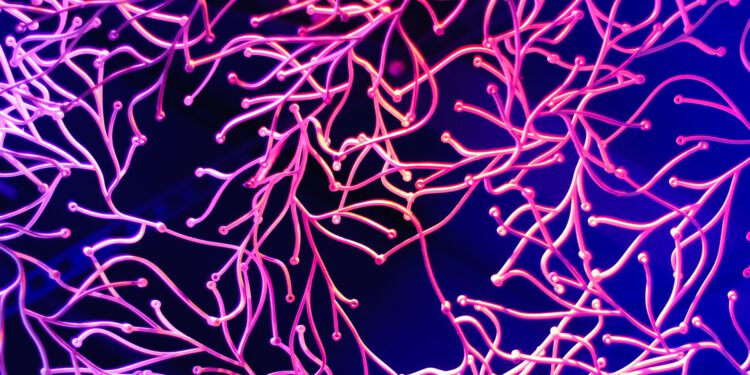A team of researchers has created an AI algorithm capable of learning to detect emotions in a text when it has not been trained to do so.
Although there is a branch of artificial intelligence that is called machine learning, and although this branch is one of the most explored at the moment, the truth is that true learning is far from being achieved. However, the achievement that has been carried out by a team of researchers from the organization Open AI can give a blow to this field. His work has resulted in an AI c algorithm to learn something without being trained for it.
Algorithms are usually trained with a large database to learn. But they’re only taught one thing. If the task is to distinguish dogs in photographs, they will be presented with a huge amount of pictures of dogs. So the software you’ll learn to know what a dog looks like and you will be able to distinguish it in new contexts.
But this same algorithm would not be able to distinguish if the dog is in an aggressive attitude, unless you are specifically trained for this task. The team of Open AI, an entity dedicated to research and funded by brand new names from Silicon Valley, such as Elon Musk or Peter Thiel, has made something like this possible.
The AI algorithm they had developed was trained to predict the next character in a text. For this he was introduced a lot of Amazon reviews, millions of them. With all these texts, the software acquired more than the ability to know the next character. He was able to determine whether a review was positive or negative. That is, he had learned to read emotions without being trained to do so.
More than 4,000 algorithm units were trained over 82 million Amazon reviews. And when the researchers decided turn your model into a ‘sentiment tracker’ they discovered an unusual activity of a unit. The idea was that the software would use a combination of what was learned by all its units. But only a few units were activated to determine the emotions of a review. Exploring the algorithm they realized that one of them had developed a very accurate predictive capability for the task.
Software was 91.8% accurate when it comes to the positive or negative character of the reviews. It is just a research work, but it shows that a more transversal learning is possible. Where this is possible on a certain scale, a great deal of time would be saved, since there would be no need to organize information or supervise training.
Images: EJP Photo, Chris Devers







